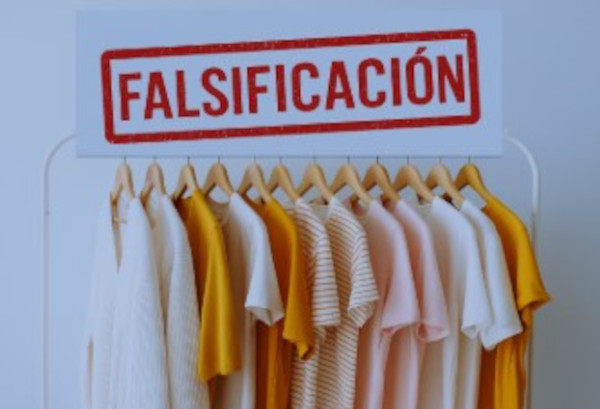If you cannot see this bulletin properly, please click
here
NIPO: 220-24-028-5

Description of global trade in counterfeit goods 2025: global trends and enforcement challengesDescription of global trade in counterfeit goods 2025: global trends and enforcement challenges In May 2025, a new joint study by EUIPO and OECD was published. This study describes and analyzes the state of global trade in counterfeit goods, using data from 2021. Some of the conclusions reached by this study are as follows:
More information
|
Table of ContentsInternational cooperation to support Latin American SMEsThree Spanish candidates for the European Patent Office's ‘Young Inventors 2025 Awards’.The SPTO Historical Archive opens its doors during Open Administration WeekDescription of global trade in counterfeit goods 2025: global trends and enforcement challengesIncrease in scam attempts against IP rights holders and applicantsBlogLa importancia y el valor social de los premios a la innovación |
Contact the Spanish Patent and Trademark Office (SPTO)










